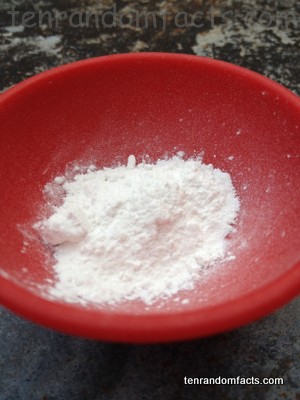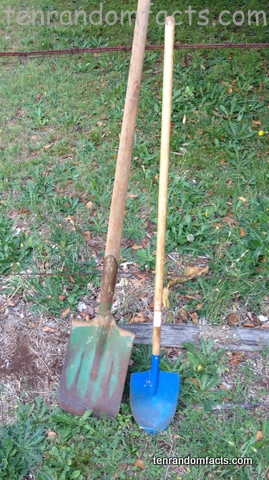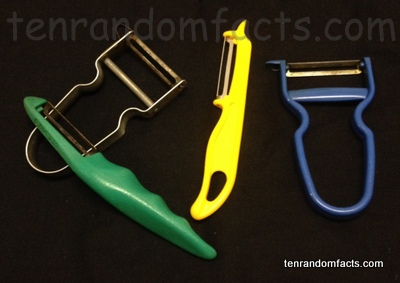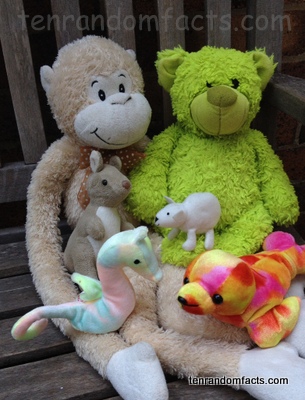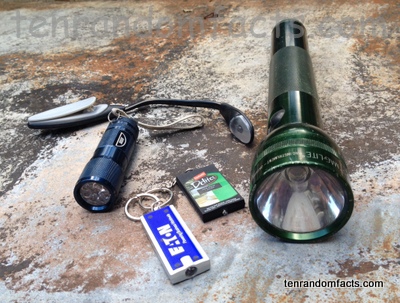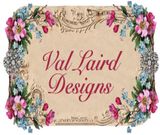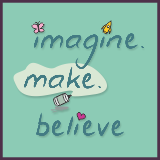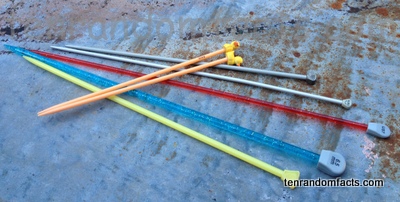
Knit one, purl one!
- Knitting needles are tools that are used in hand-knitting to make garments or other knitted items, with yarn, and are believed to have their origin in Egypt in the 11th century.
- ‘Knitting needles’ are also known as ‘knitting pins’ and there are three main types of knitting needles: single-pointed, double-pointed and circular.
- Knitting needles are typically long sticks with a blunt spike at one or two ends, and the size of the knitted stitches depends on the size of the diameter of the needle, as well as the thickness of the yarn.
- A pair of knitting needles are typically used to create stitches of yarn and hold stitches of yarn together, and using various techniques which include different movements and placement of the needles as well as the yarn, one can create different patterns in the knitted garment.
- Knitting needles are generally classified by their diameter, generally ranging from 2 to 25 millimetres in the metric system, although larger and smaller gauge needles are available.
- Single pointed knitting needles have one pointed end and one end with a knob to stop stitches coming off, and range between 25-40 cm (10-16 inches) in length and are usually purchased as a pair.
- Double-pointed knitting needles have two pointed ends that are often used for circular knitting or for knitting cables, and are usually purchased in sets of 4 to 6 needles and are generally between 13-20 cm (5-8 inches) long.
- In 1918, circular knitting needles were patented, and these types of needles have a flexible line joining the two pointed ends, therefore requiring only one piece of equipment, but also allowing knitting ‘in the round’ which is a continuous form of knitting that produces a tube.
- The largest knitting needles used for knitting in the world, were 6.5 centimetres in diameter and 3.5 metres in length, used by Julia Hopson from the United Kingdom, who stitched 100 stiches with them in 2006.
- Knitting needles are typically made from wood, steel or aluminium, plastic or glass, while some antiques are made of ivory, shell or tusks as well as wood and metal.
Bibliography:
Knitting Needle, 2013, Wikipedia, http://en.wikipedia.org/wiki/Knitting_needle
Parkes C, Tools of the Trade: Knitting Needles, 2013, Knitter’s Review, http://www.knittersreview.com/article_tool.asp?article=/review/profile/010405_a.asp





